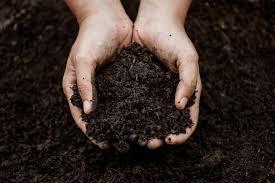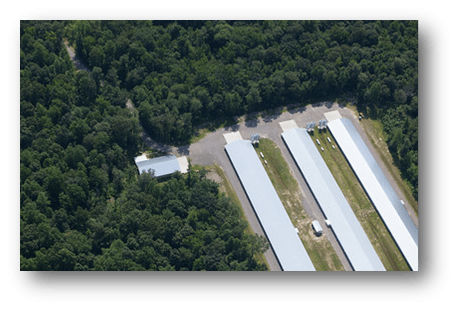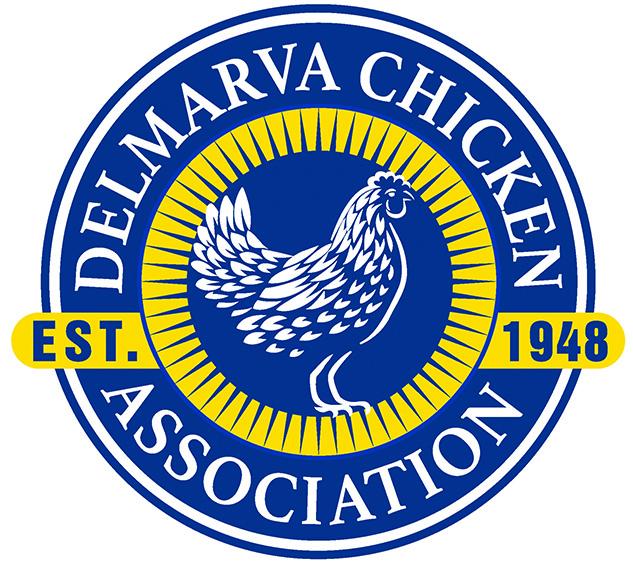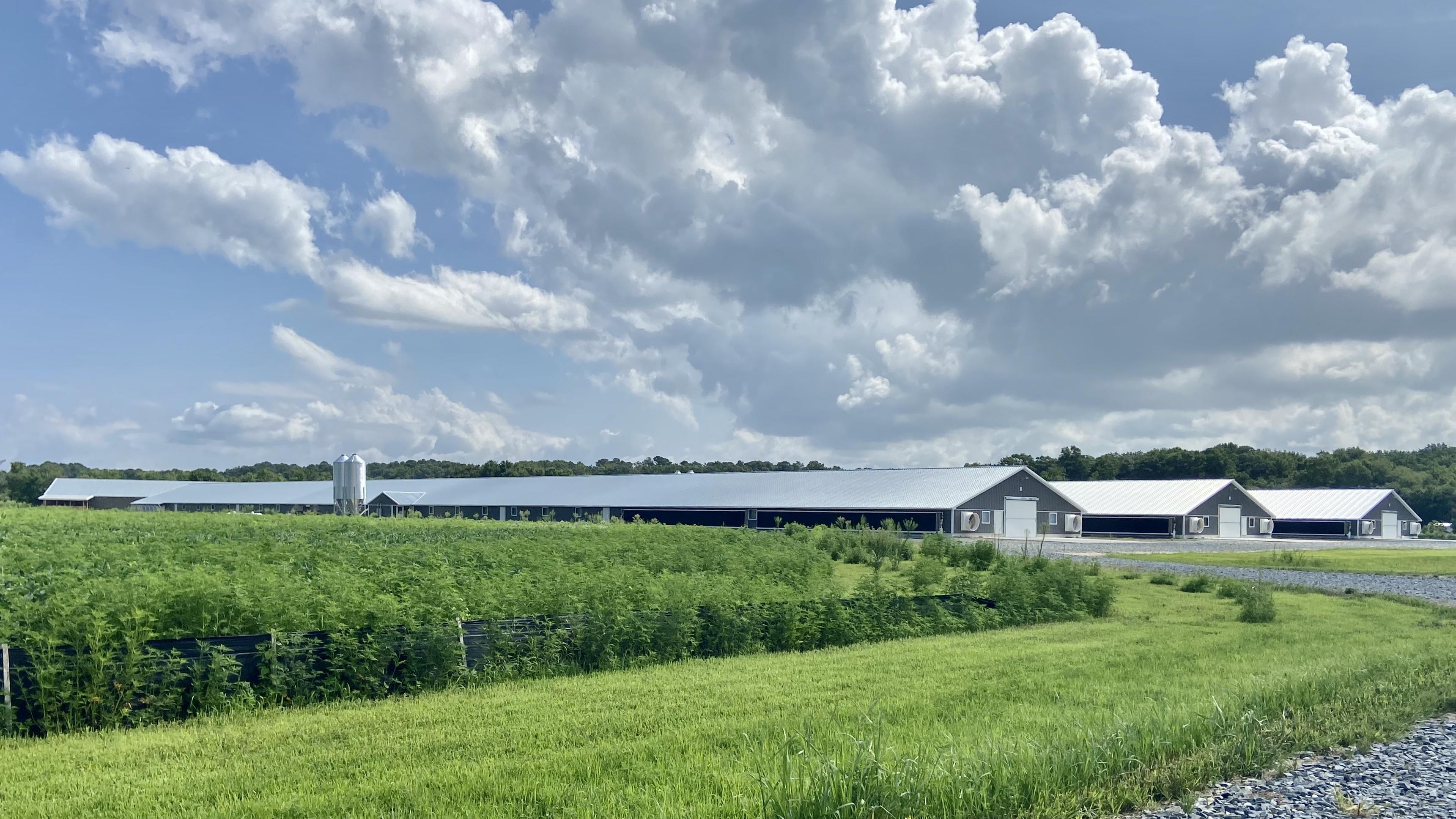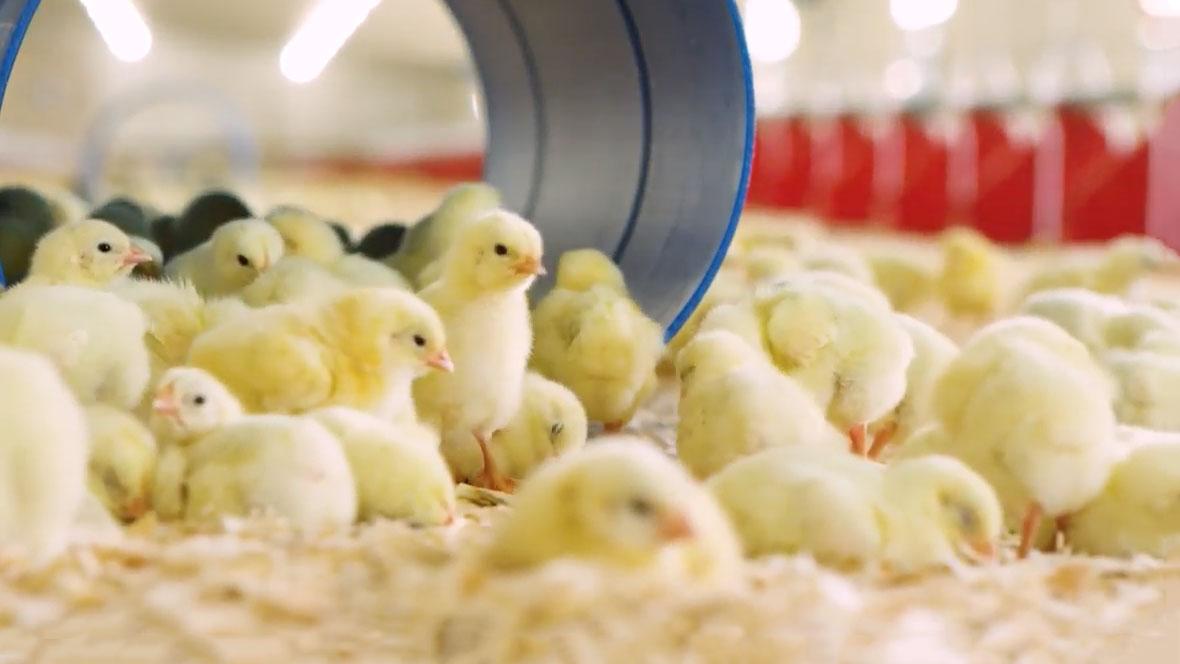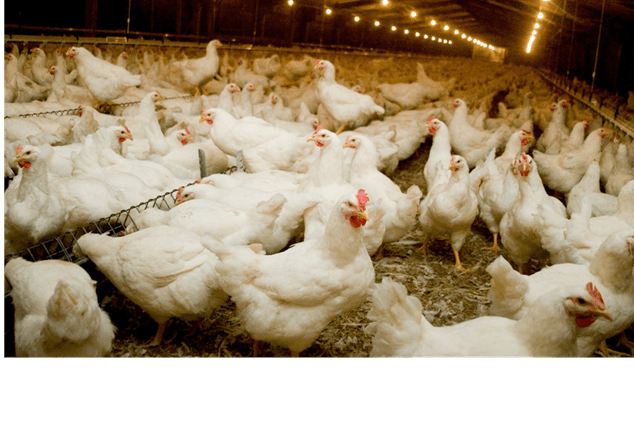Updated: August 9, 2022
Infectious Coryza (IC): Frequently asked questions (FAQs) (FS-1131)
Infectious Coryza (IC) is a rapidly spreading respiratory disease that mainly affects chickens and, occasionally, pheasants and Guinea fowl of all ages. Currently, there is an ongoing outbreak in some poultry flocks in the northeastern U.S. This publication addresses the most frequently asked questions about IC and how to prevent and control it. Authors: Mostafa Ghanem and Nathaniel Tablante; Title: Infectious Coryza (IC): Frequently asked questions (FAQs) (FS-1131)
Updated: April 28, 2022
Manure as a Natural Resource: Alternative Management Opportunities (EB-420)
A new publication (EB-420) is available from University of Maryland Extension. Manure as a Natural Resource: Alternative Management Opportunities is written as an overview of some existing technologies. Many new ideas are proposed for the region, and understanding the science behind them is imperative to deciding which option you may want to follow.
Manure, as a source of organic matter and plant nutrients, is an excellent conditioner for soils. It is a component of agronomic production, cycling nutrients between soils, plants and livestock. However, in areas where limited land is available for application, excess soil nutrients can lead to water quality issues. Local restrictions on manure application necessitate finding alternative uses. The simplest method is to transport manure to nutrient-deficient land. Manure can be composted into a higher-quality fertilizer or have the nutrients extracted and sold separately. Manure also has an energy value, and where feasible, anaerobic digestion, pyrolysis, or gasification could be options.
